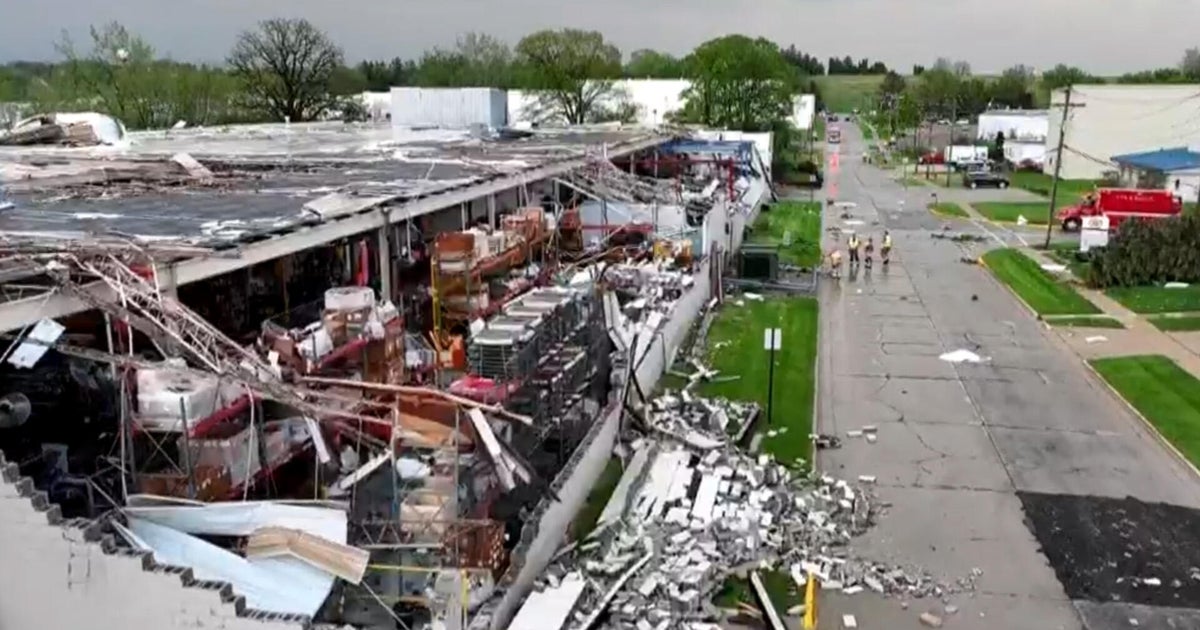Storm Surge: Tornado Devastation Strikes as New Threat Looms Over 70 Million Americans
A deadly outbreak of tornadoes has ravaged communities across the Midwest and South, leveling homes and claiming lives, while meteorologists warn of an impending storm system threatening 70 million Americans from Texas to New Jersey. The consecutive weather emergencies, occurring this week, have left rescue teams scrambling and residents bracing for further destruction as climate patterns intensify seasonal risks.
Communities in Crisis: Assessing the Tornado Aftermath
At least seven states reported significant tornado damage in the past 72 hours, with Nebraska, Iowa, and Oklahoma bearing the brunt of EF-2 and EF-3 twisters. Preliminary surveys indicate:
- 200+ structures destroyed or severely damaged
- 15 confirmed fatalities across three states
- 40,000+ customers still without power
“This is the worst damage I’ve seen in a decade,” said Federal Emergency Management Agency (FEMA) coordinator David McCullough at a press briefing. “We’re facing simultaneous challenges—completing search-and-rescue operations while preparing shelters for the next wave of storms.”
Meteorological Perfect Storm: Why Risks Are Escalating
The National Weather Service has issued high-risk warnings for Thursday through Saturday, citing a collision of warm Gulf moisture with a strong jet stream. Key danger indicators include:
- Wind shear values exceeding 50 knots
- CAPE (Convective Available Potential Energy) levels over 3,000 J/kg
- 70% probability of hail exceeding 2 inches in diameter
Dr. Elena Rodriguez, severe weather researcher at the University of Oklahoma, explains: “We’re observing atmospheric conditions typically seen in May rather than April. Climate change is extending tornado season while increasing the energy available for supercell development.”
Preparedness Race Against Time
Emergency managers are implementing unprecedented measures:
- Pre-positioning 250,000 sandbags in low-lying areas
- Activating emergency alert systems in 12 languages
- Coordinating with 14 National Guard units
Yet challenges persist. “Many storm shelters are already at capacity with displaced residents from the earlier tornadoes,” noted Red Cross spokesperson Miriam Castillo. “We’re urging people with safe basements to shelter in place if possible.”
Economic and Infrastructure Impacts
The compounding disasters threaten to:
- Disrupt supply chains for 3 major trucking corridors
- Delay planting for 15% of the nation’s corn crop
- Overwhelm hospitals already treating storm-related injuries
Insurance experts predict claims could surpass $2 billion, with only 40% of homeowners in affected areas carrying tornado coverage. “These events underscore the protection gap in standard policies,” said insurance commissioner Laura Kim.
Long-Term Climate Connections
Data reveals troubling trends:
- Tornado alley migration eastward at 8 miles per decade
- 20% increase in April tornado occurrences since 2000
- Tripling of billion-dollar weather disasters since the 1980s
While scientists caution against attributing single events to climate change, atmospheric physicist Dr. Raj Patel notes: “We’re stacking the deck for more extreme outcomes. Warmer air holds more moisture, and altered wind patterns create optimal twisting motions.”
How Residents Can Stay Safe
Authorities recommend these immediate actions:
- Identify shelter locations before warnings are issued
- Charge all devices and keep backup power sources ready
- Secure outdoor items that could become projectiles
For those in mobile homes or vulnerable structures, Evansville, Indiana, Mayor Sarah Williamson advises: “Don’t gamble with your life. Identify community shelters now—we’ve added 12 new facilities this year specifically for this scenario.”
The Road Ahead: Recovery and Resilience
As the nation faces back-to-back disasters, questions emerge about infrastructure hardening and warning systems. The National Institute of Standards and Technology (NIST) is accelerating research into tornado-resistant construction, while Congress debates emergency funding allocations.
Meanwhile, volunteers from unaffected states are mobilizing relief convoys. “This is when we see America at its best,” remarked disaster response coordinator Mark Reynolds. “But we need sustained focus—these communities will need help for months, not just days.”
Call to Action: Readers can support recovery efforts through verified channels like the National Voluntary Organizations Active in Disaster (NVOAD) or local community foundations. Check official state emergency management websites for the most current shelter information and weather updates.
See more Your Daily Weather



